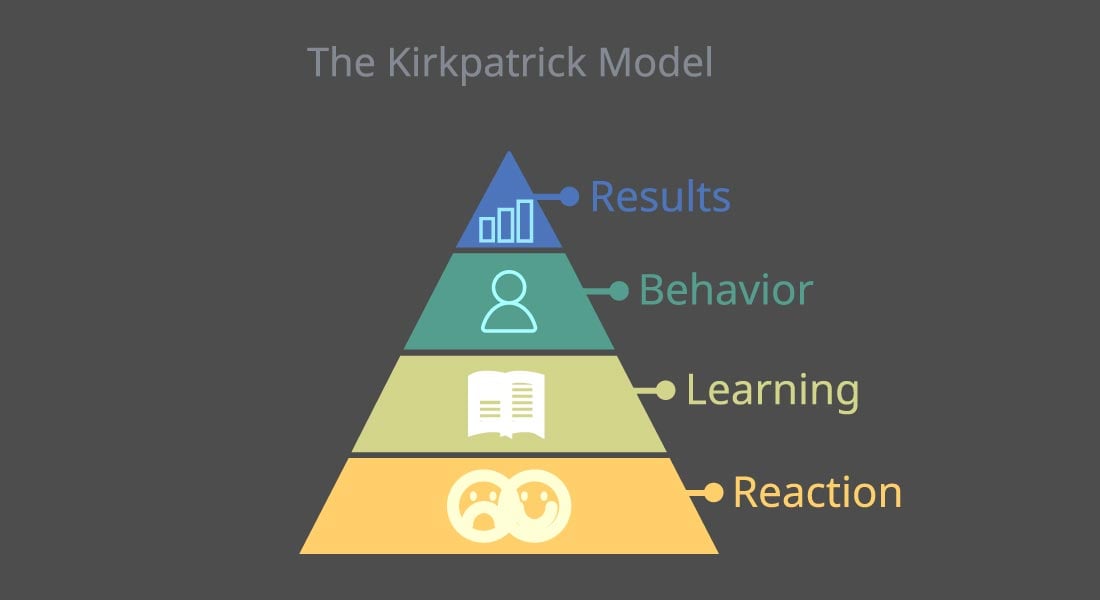Exploring 10 Microlearning Strategies for Product Knowledge Training

I n today's fast-paced business environment, equipping your employees with in-depth knowledge of your products is no longer a luxury, it's a necessity. Product knowledge training empowers employees to become brand ambassadors, ensuring a positive customer experience and fostering brand loyalty. Traditional training methods often involve lengthy sessions that can be overwhelming for learners and disruptive to daily workflows. This is where microlearning shines. This blog explores 10 key strategies for developing microlearning content that will transform your product knowledge training.
Want Your Product Training to be Effective? Try Microlearning!
Here are a few strategies to design the content -
- Define clear learning objectives
- Embrace storytelling
- Make it mobile-friendly
- Encourage social learning
- Update regularly
10 Key Strategies to Design Microlearning Content for Product Training
1. Know Your Audience
The foundation of any successful product training program lies in understanding your target audience. Consider their current knowledge level, identify any skill gaps, and tailor the content accordingly. Furthermore, cater to different learning styles. Do your employees learn best through visuals, text, or a combination of both? Segmenting your audience and personalizing the learning experience will boost engagement and ensure the information resonates.
→ Download Worksheet Now: Understanding What Microlearning Is and What It Isn’t
2. Define Clear Learning Objectives
What specific knowledge or skills do you want employees to gain from the microlearning modules? Outline these objectives clearly at the beginning of each module. Having a defined purpose keeps the content focused and ensures learners are acquiring the most relevant information.
3. Focus on One Thing at a Time
Resist the urge to cram everything about your product into a single microlearning module. Microlearning thrives on single-focused topics. Each module should address a specific feature, functionality, or troubleshooting tip. This laser focus allows learners to grasp the information quickly and efficiently.
4. Embrace Storytelling
Facts and figures are important, but weaving them into a compelling narrative makes the learning experience more engaging. Use storytelling techniques to present product features and benefits within a relatable context. This approach ignites learners' curiosity and fosters deeper understanding.
5. Leverage the Power of Multimedia
Microlearning thrives on variety. Incorporate a mix of multimedia elements like text, images, infographics, animations, and short videos to cater to diverse learning styles and keep learners hooked. Visually appealing content not only grabs attention but also aids in information retention.
Popular Microlearning Formats for Product Training
- Scenarios and Role-Playing: Present real-world customer interactions where employees can learn how to effectively demonstrate product features, address concerns, and navigate objections.
- Interactive Demos: Allow learners to explore product functionalities through interactive simulations, providing a safe space to practice before interacting with real customers.
- Explainer Videos: Short, animated videos are a fantastic way to introduce new product features, explain complex functionalities, or showcase product benefits in action. Here are a few advantages of using videos for learning.

- Gamification: Infuse microlearning with game-like elements like points, badges, and leaderboards to boost engagement and motivation.
6. Make it Mobile-Friendly
Today's learners expect on-demand access to information. Ensure your microlearning modules are optimized for mobile devices, allowing employees to learn and practice at their convenience, during commutes, breaks, or even while waiting for a meeting to start. Use eLearning authoring tools that employ responsive design principles. This means your content seamlessly adapts to different screen sizes, ensuring optimal viewing on smartphones, tablets, and desktops. Also, ensure navigation buttons are large enough to avoid accidental taps, and opt for clear, easy-to-read fonts on uncluttered backgrounds.

7. Integrate Assessments
Short quizzes or interactive exercises at the end of each module solidify learning and identify any knowledge gaps. This feedback allows you to refine your content and ensures employees are retaining the key takeaways. Intersperse knowledge checks throughout the module. Use questions like multiple-choice, fill-in-the-blank, or drag-and-drop to keep learners actively engaged. Provide immediate feedback for incorrect answers, explaining the right choice. This reinforces learning and prevents misconceptions.
8. Encourage Social Learning
Facilitate discussions and peer-to-peer learning by incorporating forums or social media channels where employees can share their experiences, ask questions, and support each other's learning journey. Create dedicated discussion forums or channels within your learning management system (LMS) or company intranet. These encourage learners to ask questions, troubleshoot together, and share successful customer interactions. Designate knowledgeable individuals, like product champions or subject-matter experts, as moderators to guide discussions and provide authoritative answers where needed.
9. Update Regularly
The world of products is constantly evolving. Ensure your microlearning modules keep pace by regularly updating them with new features, functionalities, or troubleshooting tips. Have a regular schedule, whether it's weekly, monthly, or quarterly, for product knowledge updates. This keeps information fresh and relevant. If changes are frequent, make sure to have version history built into your module naming or tracking system. This helps learners recognize the most up-to-date content easily.
10. Track and Analyze
Continuously monitor the effectiveness of your microlearning program. Most modern learning management systems offer built-in analytics. Track metrics such as module completion rates, assessment scores, time spent on content, and learner engagement in discussions. This data allows you to identify areas for improvement and optimize your content for maximum impact. Where possible, connect your microlearning data with sales figures, customer satisfaction scores, and other business KPIs. See if increased product knowledge translates into real-world improvements and identify areas for continuous improvement.
Parting Thoughts!
By embracing microlearning and implementing these strategies, you can transform your product knowledge training into a dynamic, engaging, and scalable experience. Your employees will become more knowledgeable and confident, and the positive impact will be felt across your entire organization. Remember, investing in product knowledge development isn't just about better training, it's about empowering your workforce to deliver exceptional customer experiences and fuel business success. To understand more about what microlearning is and what it isn’t, here’s a free worksheet.





![5 Tips for Engaging Employees in Sustainability Training [Infographic]](https://blog.commlabindia.com/hubfs/sustainability-training-engaging-employees.jpg)